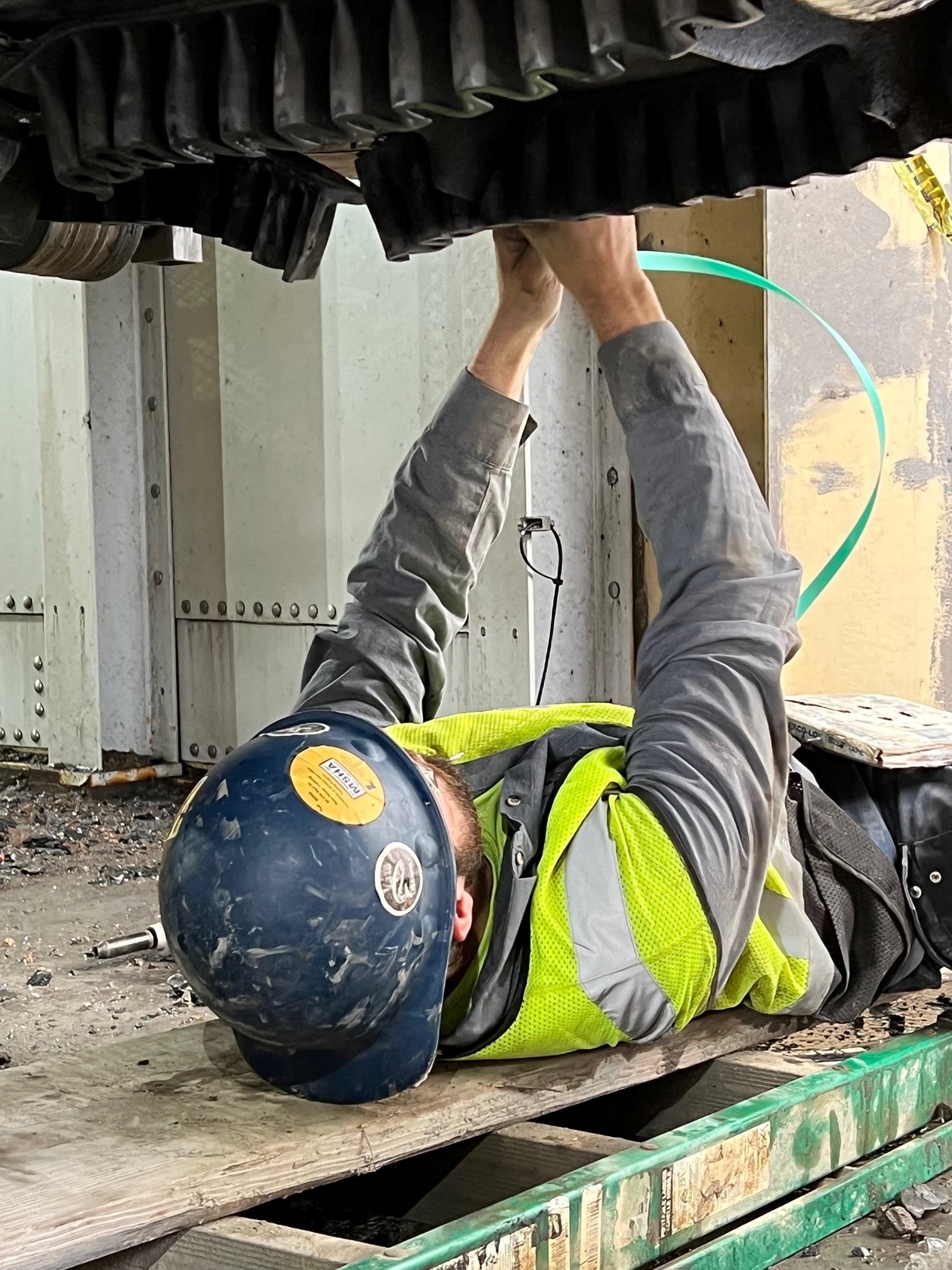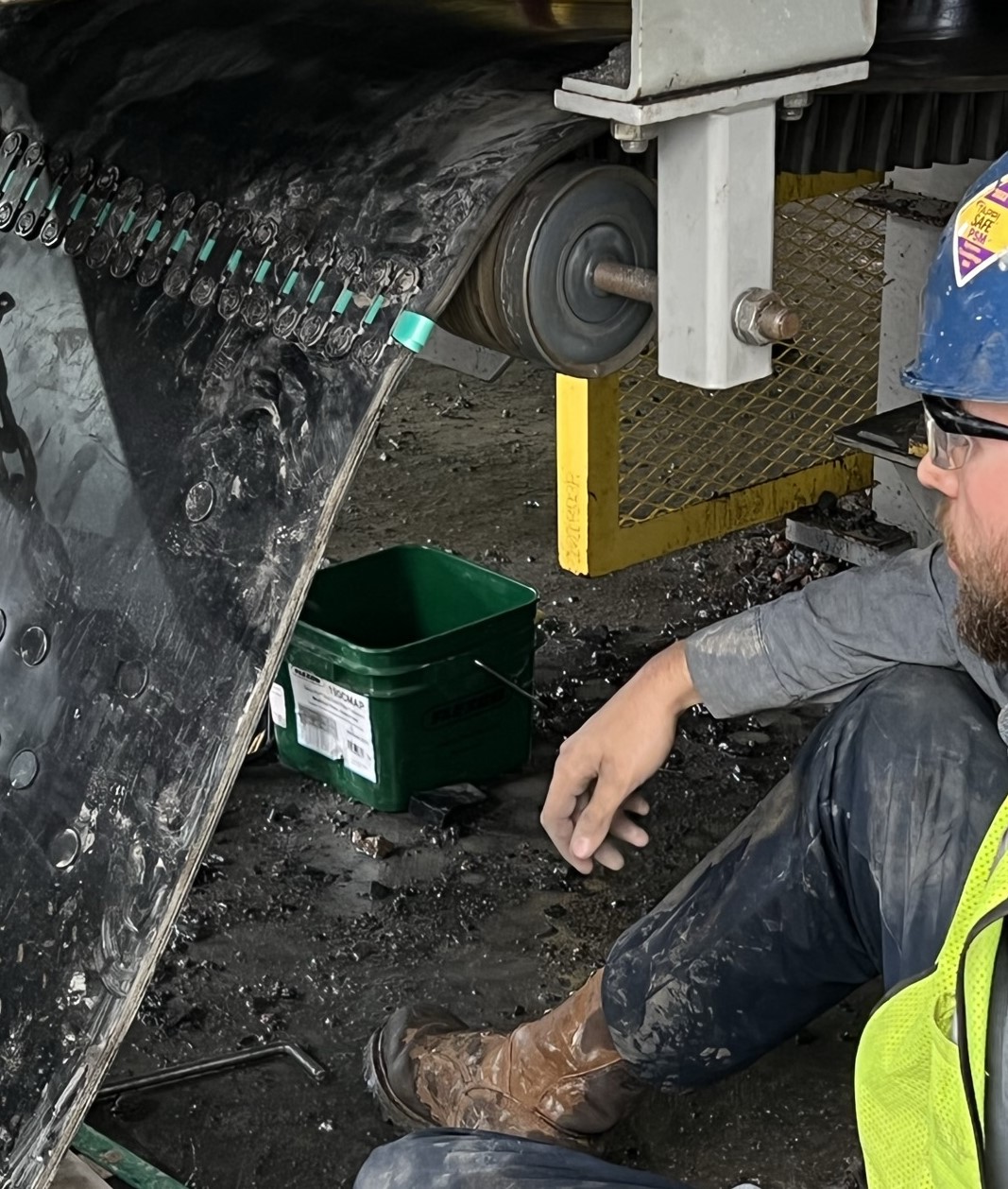Troubleshooting Conveyor Belts: A Deep Dive into Keeping Your System Running Smoothly
Conveyor belts, the often-overlooked champions of industrial manufacturing, tirelessly transport materials and products along production lines, playing a pivotal role in upholding efficiency and productivity. However, like any intricate machinery, conveyor belts are prone to issues that could halt operations. This is where troubleshooting becomes vital – a crucial process that can prevent minor setbacks from escalating into severe production disruptions.
This blog post goes beyond a surface-level explanation to provide an in-depth understanding of the importance of conveyor belt troubleshooting. We’ll equip you with comprehensive best practices and insights to keep your conveyor system running smoothly and efficiently, maximizing its lifespan and your bottom line. For additional information on conveyor belt maintenance & common conveyor belt problems, visit our FAQ page and check out our video The 3 T’s – Track, Train and Troubleshoot Conveyors and Belt Applications.
Why Troubleshooting is Non-Negotiable
Think of your conveyor belt system like a high-performance race car. Regular maintenance is crucial for optimal performance, and troubleshooting is akin to a pit crew diagnosing potential problems before they cause a catastrophic failure on the track. Here’s a detailed look at why troubleshooting should be a non-negotiable part of your operational strategy:
- Identifying and addressing issues early is like a preemptive strike against downtime. A well-established troubleshooting routine can minimize production interruptions, ensure a continuous flow of materials, and maximize output.
- Just as regular oil changes and tune-ups extend the life of your car, regular maintenance and troubleshooting can significantly increase the lifespan of your conveyor system. This proactive approach saves you money on costly replacements and ensures your system operates at peak performance for years.
- A malfunctioning conveyor belt is a ticking time bomb, posing significant safety risks to your workforce. Troubleshooting acts as a safety net, identifying potential hazards before they cause accidents. A safe work environment is essential for a productive one, and troubleshooting is critical in achieving both.
- Well-kept conveyor belts function optimally. Troubleshooting resolves performance obstacles, promoting seamless, efficient operations. This results in increased throughput, lower energy usage, and reduced operational expenses, ultimately enhancing the overall financial health.
Best Practices for Effective Conveyor Belt Troubleshooting
1. Regular Inspections and Maintenance: The Foundation of a Healthy System
Just as regular medical checkups help prevent serious health issues, a routine inspection and maintenance schedule is essential for the well-being of your conveyor system. Think of it as a proactive approach to identifying and addressing potential problems before they snowball into major malfunctions. During the inspection, key areas to focus on include:
- Examine the belt for cuts, abrasions, tears, or any signs of wear and tear that could compromise its structural integrity. A damaged belt is a recipe for disaster, so identifying these early warning signs is crucial.
- Misaligned pulleys are a common culprit for belt mistracking, leading to uneven wear and potential damage. Regular checks and adjustments using tools like laser alignment systems can maintain optimal belt tracking.
- Pay close attention to the motor and gearbox, listening for unusual noises, vibrations, or excessive heat. These are all potential indicators of underlying problems that require immediate attention.
- Rollers and idlers play a crucial role in ensuring smooth belt movement. Inspect them regularly for signs of seizing, wear and tear, or misalignment, addressing any issues promptly to avoid disruptions.
2. Addressing Common Issues: A Practical Guide
Here are some of the most common conveyor belt issues and proven solutions:
- Misaligned pulleys, worn rollers, uneven loading, or problems with the belt can cause mistracking. Common solutions include adjusting the pulleys, replacing worn rollers, ensuring even loading, and inspecting the belt for defects.
- Insufficient tension, worn pulley lagging, or an overloaded belt can cause slippage. Adjusting belt tension, replacing the lagging, and optimizing the load are effective remedies.
- Material buildup on the belt or surrounding areas can cause blockages that disrupt flow. Regularly clean the belt and the entire conveyor area to prevent obstructions and ensure smooth operation. Troubleshoot Conveyor Belts Against Sand and Dust.
- Wear and tear is a natural part of any mechanical system. Proactively replacing worn or damaged belt sections, rollers, idlers, and other components can prevent further damage and potentially catastrophic breakdowns.
3. Utilize Technology: Embracing Innovation for Enhanced Troubleshooting
The industrial maintenance world embraces technological advancements to make troubleshooting more efficient and effective. Here are some tools worth considering:
- Laser alignment tools eliminate the guesswork from pulley alignment, ensuring pinpoint accuracy for optimal belt tracking and reduced wear.
- These sophisticated systems use sensors to monitor various parameters, such as vibration, temperature, and sound, in motors, bearings, and other components. By detecting early signs of wear or failure, these systems enable proactive maintenance, minimizing downtime and maximizing operational efficiency.
 4. Training and Documentation: Empowering Your Team
4. Training and Documentation: Empowering Your Team
Your maintenance team is your first line of defense against conveyor belt issues. Invest in their training to ensure they:
- Comprehensive training equips your team with a deep understanding of the conveyor system’s workings, enabling them to diagnose and troubleshoot problems effectively.
- Provide training on specific troubleshooting methodologies and best practices, empowering your team to address issues efficiently.
- Encourage a culture of meticulous documentation. Detailed records of inspections, maintenance activities, and repairs provide invaluable insights into the system’s health over time, allowing you to identify recurring issues and optimize preventative maintenance strategies.
Conclusion
Effective troubleshooting is the cornerstone of maintaining a reliable, efficient, safe conveyor belt system. By adhering to a regular inspection schedule, promptly addressing common issues, utilizing technology, and prioritizing training and documentation, you can ensure your conveyor system remains the backbone of your production line for years to come. Remember, a little preventative effort today can save you a world of trouble tomorrow. For more information and video training, see B.E.L.T. F.I.T. – Track, Train and Troubleshoot Conveyor Belts, or visit Troy Industrial Solutions.









